Charming Upwork Cover Letter Template Pack
$9.00
Discount 20% if your total cart over $150
- Satisfaction Guaranteed
- Fast and forever download link
- Secure Payments
- Reupload FREE
Description
Landing your dream Upwork gig often hinges on more than just skills; a captivating cover letter is key. A cover letter funny enough to stand out from the crowd can be your secret weapon. This article delves into the power of humor in crafting compelling cover letters for Upwork, exploring strategies to make your application memorable and boost your chances of success.
The Art of the Amusing Upwork Cover Letter

The conventional wisdom of formal, stiff cover letters is outdated. In the competitive landscape of Upwork, a funny cover letter acts as a disarming charm, capturing attention amidst the sea of generic applications. It’s about creating a memorable first impression—one that makes the potential client remember you long after they’ve finished reading. This isn’t about being slapstick or unprofessional but injecting your personality and demonstrating a sense of wit that subtly showcases your communication prowess. This approach goes beyond simple embellishment, strategically using humor to establish a connection and make you stand out.
Crafting Your Entertaining Opening Gambit
The opening line is crucial—it’s your first chance to grab the client’s attention and make them smile. Instead of the standard robotic greeting, strive for an opening that’s clever and tailored to the specific job. Consider referencing something unique from the job description, a shared industry joke, or even a light-hearted self-deprecation relevant to the task. Think outside the box; you want your opening to be quirky enough to spark interest while remaining professional.
For example, instead of: “I am writing to express my keen interest in your job posting…”, you might try: “If you’re looking for someone who can juggle deadlines, coffee cups, and client requests with a smile (a very caffeinated smile, admittedly), then you’ve found your person!”
Remember, the tone should match the client’s business. A playful approach might be perfect for a creative agency but might not suit a financial institution. Always tailor your humor to your audience but never underestimate the power of a well-placed pun or a self-deprecating anecdote in forging an instant connection through humor.
Showcasing Skills with Humorous Bullet Points
The middle section of your cover letter should still present your qualifications effectively but with a unique twist. Instead of a dry list of skills and experiences, use bullet points that retain professionalism while adding your own creative spin. You can maintain professionalism while sprinkling in light humor. This section blends a clear presentation of your skills with the lighter touch of well-placed wit.
For instance, instead of: “Proficient in Adobe Photoshop, Illustrator, and InDesign,” you could use: “I wield Adobe Creative Suite like a digital ninja, mastering Photoshop, Illustrator, and InDesign with the precision of a seasoned martial artist (and considerably less blood).”
Think of ways to showcase your skills through metaphorical language and anecdotes that incorporate humour subtly. It’s a masterful balancing act between professionalism and levity. However, do not let humor overshadow the core job requirements.
Closing with a Sugar-Coated Call to Action
The closing is where laughter brings results. Your call to action is about being memorable and leaving the reader with a smile, not just a “thank you” and a contact. A perfectly-placed concluding joke can encourage immediacy and increase response rates. It leaves the client with a lingering positive impression, making them more likely to respond enthusiastically.
Instead of a typical “Thank you for your time and consideration,” imagine a closing like: “I’m eager to discuss how my skills can transform your project into a masterpiece, possibly with fewer existential crises than your typical freelancer. Let’s chat!”
This closing line cleverly ties the lighthearted nature throughout your cover letter together without resorting to being overly jokey. Your humor should be genuine but always professional and appropriate for the client and the position.
Navigating the Nuances of Humorous Communication
Employing humor in a professional context requires a deft touch. The goal isn’t to be a stand-up comedian but to use wit as a tool to build rapport and make yourself memorable. Successfully integrating humor into your cover letter is an art. Too much humor can seem unprofessional, overshadowing your skills, while too little offers minimal impact. Mastering this requires understanding different humor types and their application.
Selecting the Right Type of Humor
Different types of humor resonate differently with audiences. Observational humor, which highlights everyday experiences can be broadly appealing. Self-deprecating humor, when executed correctly, shows confidence and humility. However, sarcasm and irony can easily be misinterpreted—use these with caution and ensure the client would understand the intended meaning. The goal should be to leave an impression of competence and charm, not confusion.
Choosing the appropriate humor style hinges on awareness of your target audience. Analyzing the company culture and the job posting can offer insightful clues on preferred communication styles. Remember that what’s funny to one person may not be funny to another. Some professions are more receptive to humour, allowing for more creative freedom, whilst others need a more restrained approach.
The key is to be authentic – your humor should be an extension of your personality. Avoid forced or generic jokes—it will only backfire. Your unique communication style combined with smart and tailored humour can leave a positive and memorable impression on any reader.
Mastering the Art of Subtlety in Humor
While humor is valuable, subtlety is critical. It’s more about a light touch, leaving the potential client entertained yet assured of your skills. Overdoing it can appear unprofessional—a balance of humor and seriousness is essential. It’s about leaving an impression that’s funny but doesn’t distract from your qualifications. Overtly funny writing can appear childish and unprofessional.
Clever wordplay, witty observations, and self-deprecating humor are excellent choices—they show personality without overshadowing competence. Keep the core message focused on your skills and experience, but allow your personality to shine through with thoughtfully placed witty comments and subtle humor. Your competence needs to be clear, and then subtle wit works as a bonus. If you’re uncertain, less is often more.
This subtle integration ensures your humor enhances your application rather than detracting from it. The humor should complement the professional presentation of skills and experience, building connections and making you stand out from more conventional approaches. The ability to blend humour with professional communication is a highly sought-after skill, often indicative of competence and emotional intelligence.
Tailoring Humor to the Client and Industry
Humour must always be tailored to the client’s environment. A tech startup might appreciate puns and lighthearted self-deprecation, while a financial institution is likely to benefit from a more subdued and professional approach. Analyzing the company culture will help you determine the appropriate style.
Consider the overall tone of the job description – are they formal or informal? Do they use humor in their marketing materials or social media presence? This contextual understanding helps shape your approach and ensure that your humor is appropriate and well-received. Avoid humor that could be offensive or culturally insensitive – sensitivity and awareness are key to successful humor.
Tailoring humor to specific industries shows your adaptability and awareness. You are demonstrating your ability to communicate effectively with diverse audiences, which is a highly-valued and flexible skill. This tailored humor goes a long way in showcasing your professionalism and understanding of audience needs.
Beyond the Cover Letter: Maintaining the Humorous Tone
The charming approach shouldn’t stop with your cover letter. Maintaining a lighthearted and friendly tone in subsequent communications can further solidify the connection you’ve established. This consistency reinforces your overall brand presence and strengthens the professional connection.
Crafting Amusing Lines for Replies
Responding to client inquiries presents another opportunity to showcase your humor and build rapport. Your replies should align with the playful tone you established in your cover letter. You can use this as a bonding point for future communications. This consistency can make you more memorable against your rivals.
Here are a few examples:
- “Glad to hear from you! Let’s tackle this project like a team of caffeinated superheroes.”
- “Your brief is incredibly exciting – I’m already buzzing with ideas!”
- “Let me know when you’re free for a quick chat. My virtual coffee mug is already steaming!”
These lighthearted responses can elevate your communication and keep the conversation engaging, showing your creative approach while handling professional needs.
Mastering the Art of the Humorous Call Schedule
Scheduling a call is a crucial step in moving forward. While this is a formal task, you can use a touch of humor to make the process more informal and build rapport. Humor can diffuse formality and can build an improved connection between you and potential clients.
- For example:
- “What day works best for a quick chat? Aiming for superhero-level productivity!”
- “Looking forward to our call! What time zone are you in—I want to avoid any time travel mishaps.”
- “Let’s schedule a call to discuss how I can add some ‘wow’ to your project. I’m excited, and my coffee maker agrees!”
These statements maintain the professional while simultaneously making the scheduled call feel less like an interview.
Sustaining Engagement Through Consistent Personality
Consistency is pivotal in maintaining a sense of humor throughout the client interaction. If your cover letter is delightful but your subsequent communication is stiff and formal, it undermines your initial positive impression. Ensure that every contact reflects your personalized brand, building a sense of familiarity that can cement the relationship. The playful tone becomes part of your identity, setting you apart.
Your ability to maintain a lighthearted and personable tone, while ensuring professional needs and details are maintained effectively, can be a huge factor in landing the job.
Conclusion
The use of humor in Upwork cover letters can be extraordinarily effective. By carefully crafting amusing openings, highlighting your skills with witty bullet points, and closing with a memorable call to action, you’ll create a unique and unforgettable cover letter that captures your prospects’ attention. Further, maintaining this lighthearted yet professional tone across all communications can strengthen your connection with a potential client. Remember, the key is subtle wit that reflects your personality and perfectly complements your professional skill set. A funny cover letter is neither childish nor unprofessional, but a powerful tool that can elevate your chance of success.
Sales Page:_https://www.charm-offensive.co.uk/product/charming-upwork-cover-letter-template-pack/

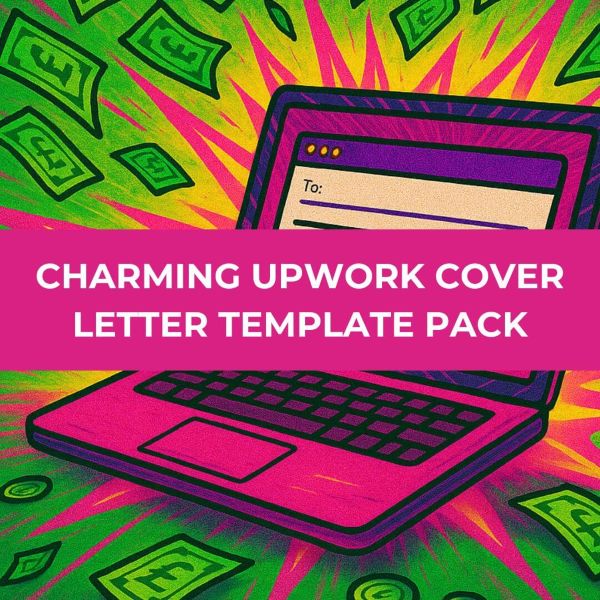

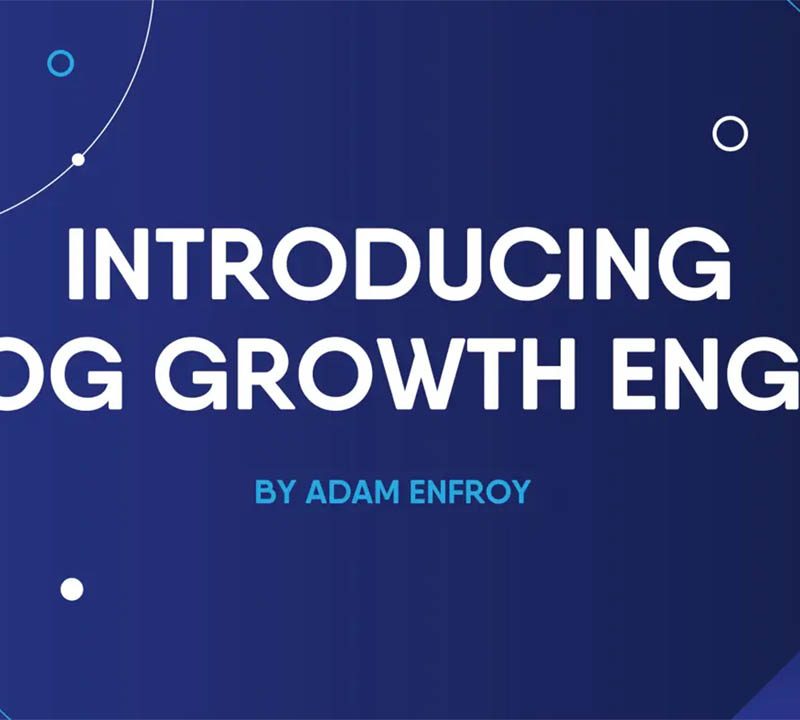
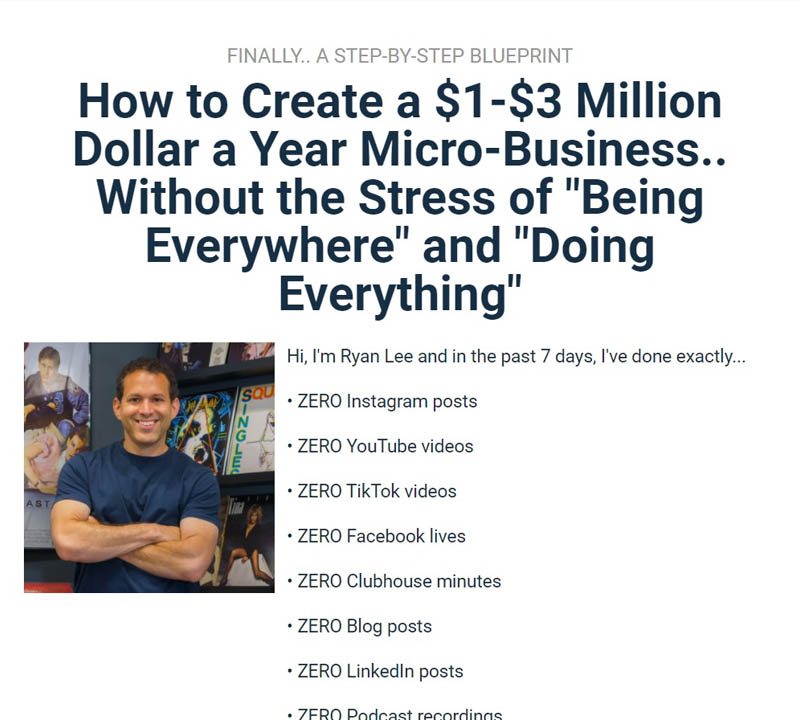
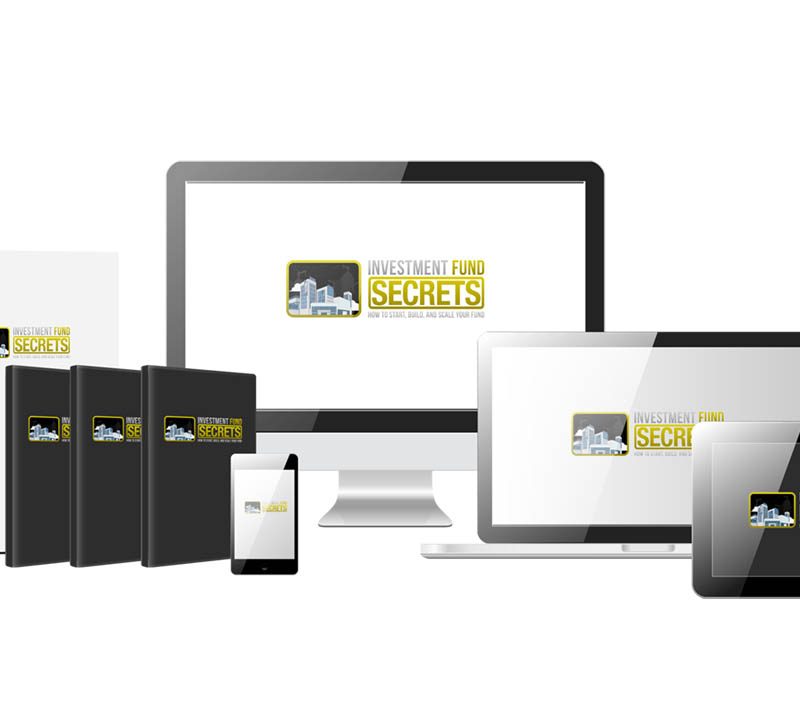
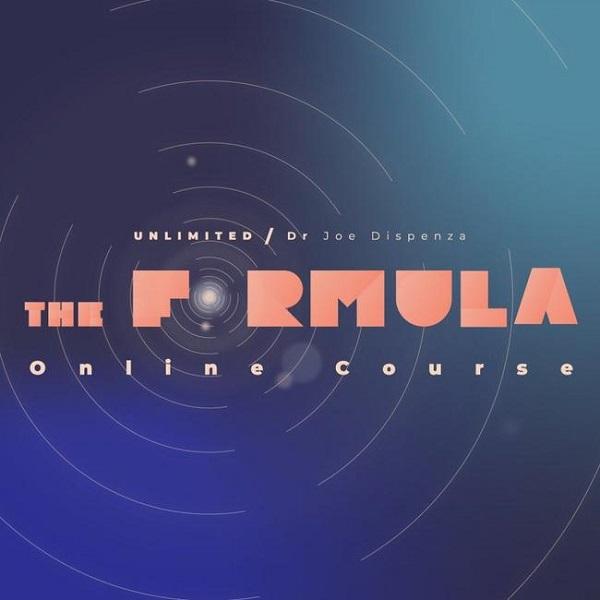 [HOT] Dr Joe Dispenza - The Formula Online Course
[HOT] Dr Joe Dispenza - The Formula Online Course  Todd Brown – Unique Mechanism Workshop
Todd Brown – Unique Mechanism Workshop